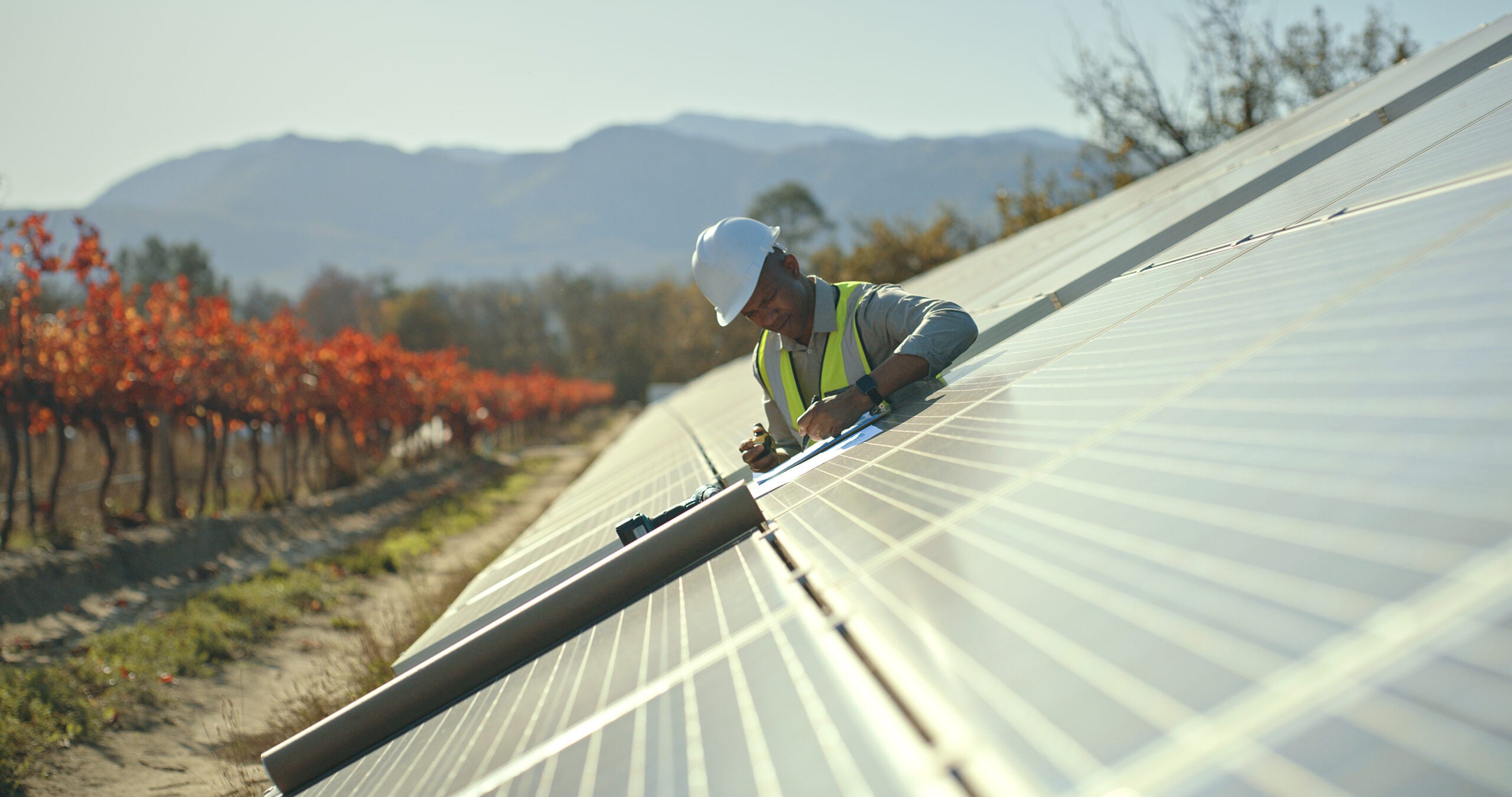How Companies Set Internal Prices on Carbon
This post was co-authored with Elizabeth Medford
Despite the uncertainty created by the recent election, companies around the globe are demonstrating a commitment to keeping climate change in check. More than 300 American companies signed an open letter to President-elect Trump urging him not to abandon the Paris agreement. Others are acting on their own to reduce emissions in their daily operations, by setting an internal price on carbon.
The number of companies incorporating an internal carbon price into their business and investment decisions has reached new heights, a recent CDP report shows, with an increase of 23 percent over last year. The more than 1,200 companies that are currently using an internal carbon price (or are planning to within two years) are using them to determine which investments will be profitable and which will involve significant risk in the future, as carbon pricing programs are implemented around the world. Sometimes, they also use them to reach emissions reduction goals.
Not all carbon prices are created equal, and companies differ in how they set their specific price. Here’s a look at some of these methods:
Incorporating Carbon Prices from Existing Policies
Some companies set their carbon price based on policies in the countries where they operate. For example, companies with operations in the European Union might decide to use a carbon price equal to that of the European Union Emissions Trading System (EU ETS) allowances, and those operating in the Northeastern United States might adopt the carbon price that results from the Regional Greenhouse Gas Initiative market.
ConocoPhillips, for example, focuses its internal carbon pricing practices on operations in countries with existing or imminent greenhouse gas (GHG) regulation. As a result, its carbon price ranges from $6-38 per metric ton depending on the country. For operations in countries without existing or imminent GHG regulation, projects costing $150 million or greater, or that results in 25,000 or more metric tons of carbon dioxide equivalent, must undergo a sensitivity analysis that includes carbon costs.
Using Self-Imposed Carbon Fees
Others take a more aggressive approach by setting a self-imposed carbon fee on energy use. This involves setting a fee on either units of carbon dioxide generated or a proxy measurement like energy use. These programs also often include a plan for using the fees such as investment in clean energy or energy efficiency measures. This can be an effective method for incentivizing more efficient operations.
Microsoft, for example, designed its own system to account for the price of its carbon emissions. The company pledged to make its operations carbon neutral in 2012 and does so through a “carbon fee,” which is calculated based on the costs of offsetting the company’s emissions through clean energy and efficiency initiatives. Each business group within Microsoft is responsible for paying the fee depending on how much energy it uses. Microsoft collects the fees in a “central carbon fee fund” used to subsidize investments in energy efficiency, green power, and carbon offsets projects. Still, by limiting carbon fees to operational activities, Microsoft has yet to address a large chunk of their emissions.
Setting Internal Carbon Prices to Reach Emissions Reduction Targets
Other companies set an internal carbon price based on their self-adopted GHG emissions targets. This involves determining an emissions reduction goal and then back-calculating a carbon price that will ensure the company achieves its goal by the target date. This method is a broader approach focused more on significantly reducing emissions while also mitigating the potential future risk of carbon pricing policies.
Novartis, a Swiss-based global healthcare company, uses a carbon price of $100/tCO2 and cites potential climate change impacts as a motivator. The company has its own greenhouse gas emissions target, which it is using to cut emissions to half of its 2010 levels by 2030. These internal policies mean that Novartis, which is included in the European Union’s Emissions Trading Scheme (EU ETS), has been able to sell surplus allowances and thus far avoid an increase in operating costs.
Where we go from here
While these internal carbon pricing activities are welcome – and we hope they continue – they are not sufficient to reduce greenhouse gases to the degree our nation or world requires. Like these forward thinking companies, nations around the world, including the United States, need to consider the costs of inaction, including the climate-related costs, to avoid short-sighted investments. Ultimately, we will need public policies that put a limit and a price on carbon throughout the economy.
The spread of internal carbon pricing could signal greater support for carbon pricing by governments. But companies can do more: the ultimate test of a company’s convictions and commitment to carbon pricing might be their willingness to advocate for well-designed, ambitious policies that achieve the reductions we need.












